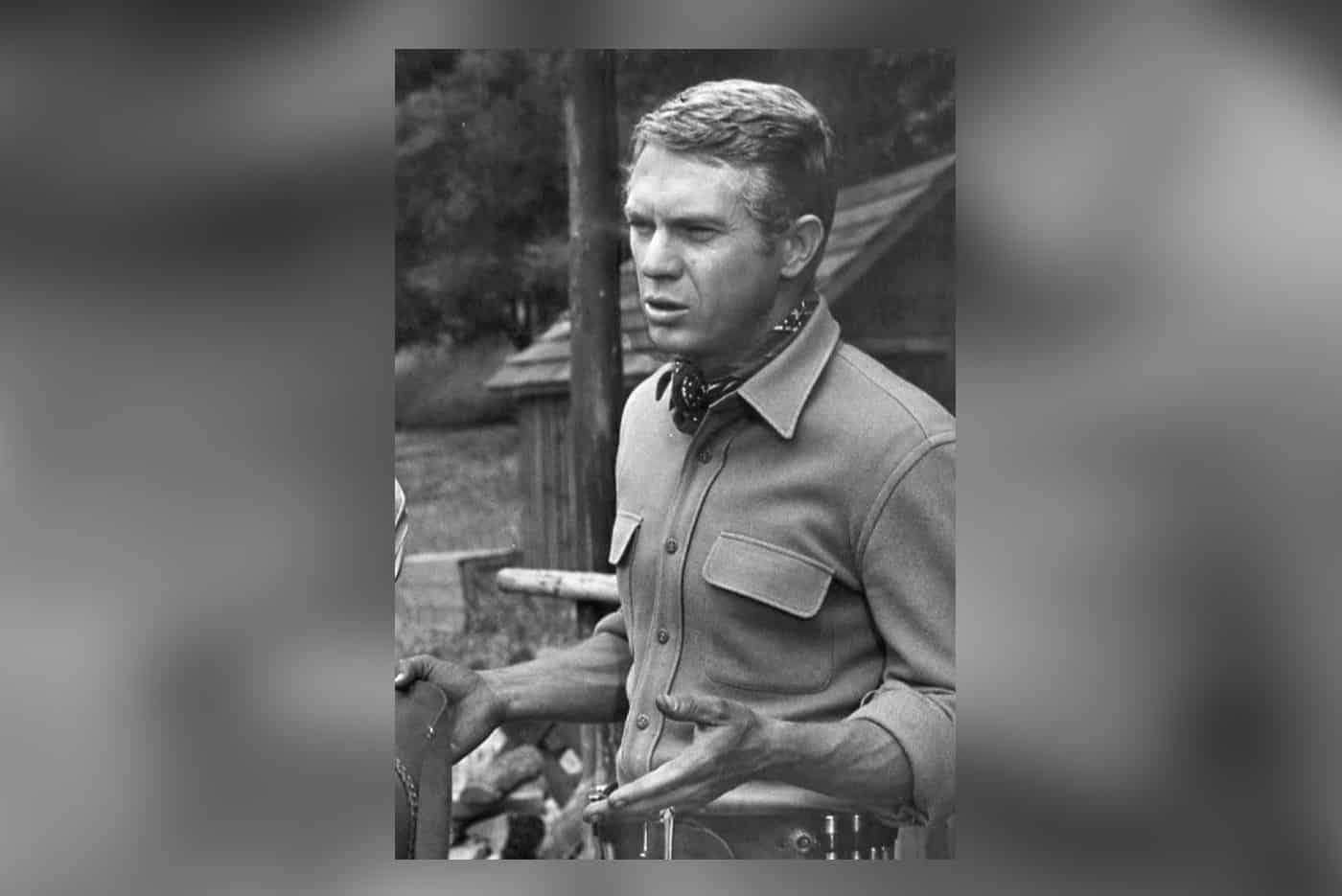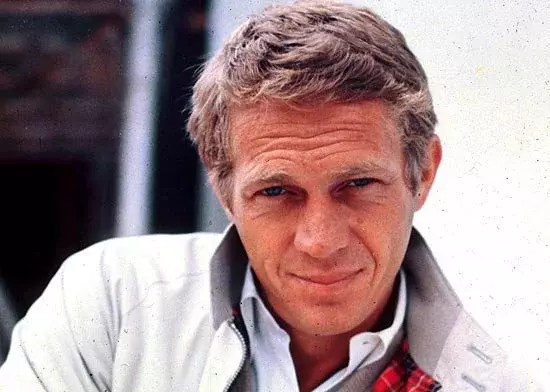The medical profession largely derided McQueen as a victim of fraud, but to some people with cancer, his pursuit of an alternative treatment seemed heroic.
What lessons does his unconventional journey provide today?
McQueen’s bad boy persona extended back to his teenage years, when he committed several crimes and was sent to reform school. After a stint in the Marines in the early 1950’s, he moved to New York to become an actor. His rugged good looks helped him land roles in several plays and eventually a television show, “Wanted: Dead or Alive.”
Soon, he was starring in movies like “The Great Escape,” “The Thomas Crown Affair” and “Bullitt,” often playing the rebel, “a nonconformist and underdog, battling to survive in a hostile society,” as The New York Times put it in his obituary.

McQueen first developed a cough in 1978. By the next year, when he was 49, he was having difficulty breathing. Finally, in December 1979, doctors made the diagnosis: mesothelioma, an incurable cancer of the lining of the lungs usually related to asbestos exposure. McQueen, an avid car racer, may have been exposed by wearing racing suits.
His doctors gave him a gloomy prognosis, but they treated him with radiotherapy and chemotherapy to try to shrink the cancer. He kept the diagnosis a secret from all but his closest friends. But on March 11, 1980, The National Enquirer published an article titled “Steve McQueen’s Heroic Battle Against Terminal Cancer.” McQueen continued to deny the rumors.
When his doctors told him they had run out of options, McQueen secretly met with Dr. William D. Kelley, a dentist and orthodontist who had devised a controversial treatment regimen he claimed had cured his own pancreatic cancer.
Dr. Kelley had been blacklisted by the American Cancer Society and had his license suspended in Texas. But McQueen was interested in the treatment, which was based on the notion that cancers arose and grew from a lack of enough pancreatic enzymes.
In July 1980, McQueen secretly traveled to Rosarita Beach, Mexico, to be treated by Mexican and American doctors using Dr. Kelley’s regimen. He received not only pancreatic enzymes but 50 daily vitamins and minerals, massages, prayer sessions, psychotherapy, coffee enemas and injections of a cell preparation made from sheep and cattle fetuses. McQueen was also given laetrile, a controversial alternative treatment made from apricot pits.

In October, after being tracked down by The National Enquirer, McQueen issued a statement saying he had mesothelioma and was in treatment in Mexico. A week later, Mexican television played an audio message from McQueen in which he said he was recovering. “Mexico is showing the world a new way of fighting cancer through nonspecific metabolic therapies,” he said, adding, “Thank you for helping to save my life.”
Cancer organizations were horrified, warning that McQueen’s supposed recovery was a hoax. One doctor called the treatment “rank quackery.” But others wanted to hear what McQueen and his new doctors had to say. At a press conference, one Mexican physician claimed that 85 to 90 percent of his patients had improved with Dr. Kelley’s treatment. Twelve patients who said they were cured by Dr. Kelley attended as well.
McQueen’s resurrection was short-lived. On Nov. 6, 1980, doctors operated to remove cancerous masses from his abdomen and neck. He withstood the surgery, but he died the next day. In recent years, interest has surged in what is now called complementary cancer therapy. The National Institutes of Health sponsors clinical trials of these treatments. One trial is even studying a variant of Dr. Kelley’s regimen for end-stage pancreatic cancer.
While McQueen may have fostered the growth of complementary medicine, his case is more notable for another reason. His desperate pursuit of a last-ditch therapy appeals to many cancer patients whohave exhausted all other alternatives. Yet we should remember that the real-life Steve McQueen did not triumph over adversity like one of his movie characters. Like other patients with terminal cancer, he just could not beat it.
